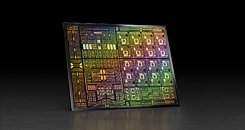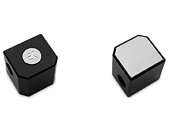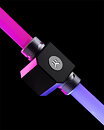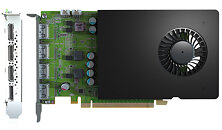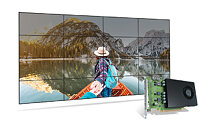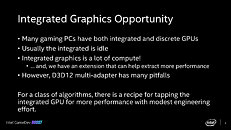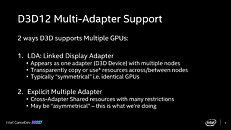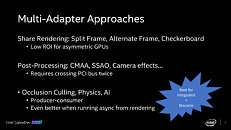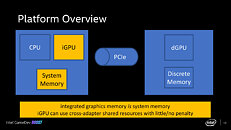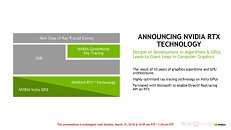Innodisk Proves AI Prowess with Launch of FPGA Machine Vision Platform
Innodisk, a leading global provider of industrial-grade flash storage, DRAM memory and embedded peripherals, has announced its latest step into the AI market, with the launch of EXMU-X261, an FPGA Machine Vision Platform. Powered by AMD's Xilinx Kria K26 SOM, which was designed to enable smart city and smart factory applications, Innodisk's FPGA Machine Vision Platform is set to lead the way for industrial system integrators looking to develop machine vision applications.
Automated defect inspection, a key machine vision application, is an essential technology in modern manufacturing. Automated visual inspection guarantees that the product works as expected and meets specifications. In these cases, it is vital that a fast and highly accurate inspection system is used. Without AI, operators must manually inspect each product, taking an average of three seconds per item. Now, with the help of AI solutions such as Innodisk's FPGA Machine Vision Platform, product inspection in factories can be automated, and the end result is not only faster and cheaper, but can be completely free of human error.
Automated defect inspection, a key machine vision application, is an essential technology in modern manufacturing. Automated visual inspection guarantees that the product works as expected and meets specifications. In these cases, it is vital that a fast and highly accurate inspection system is used. Without AI, operators must manually inspect each product, taking an average of three seconds per item. Now, with the help of AI solutions such as Innodisk's FPGA Machine Vision Platform, product inspection in factories can be automated, and the end result is not only faster and cheaper, but can be completely free of human error.


























